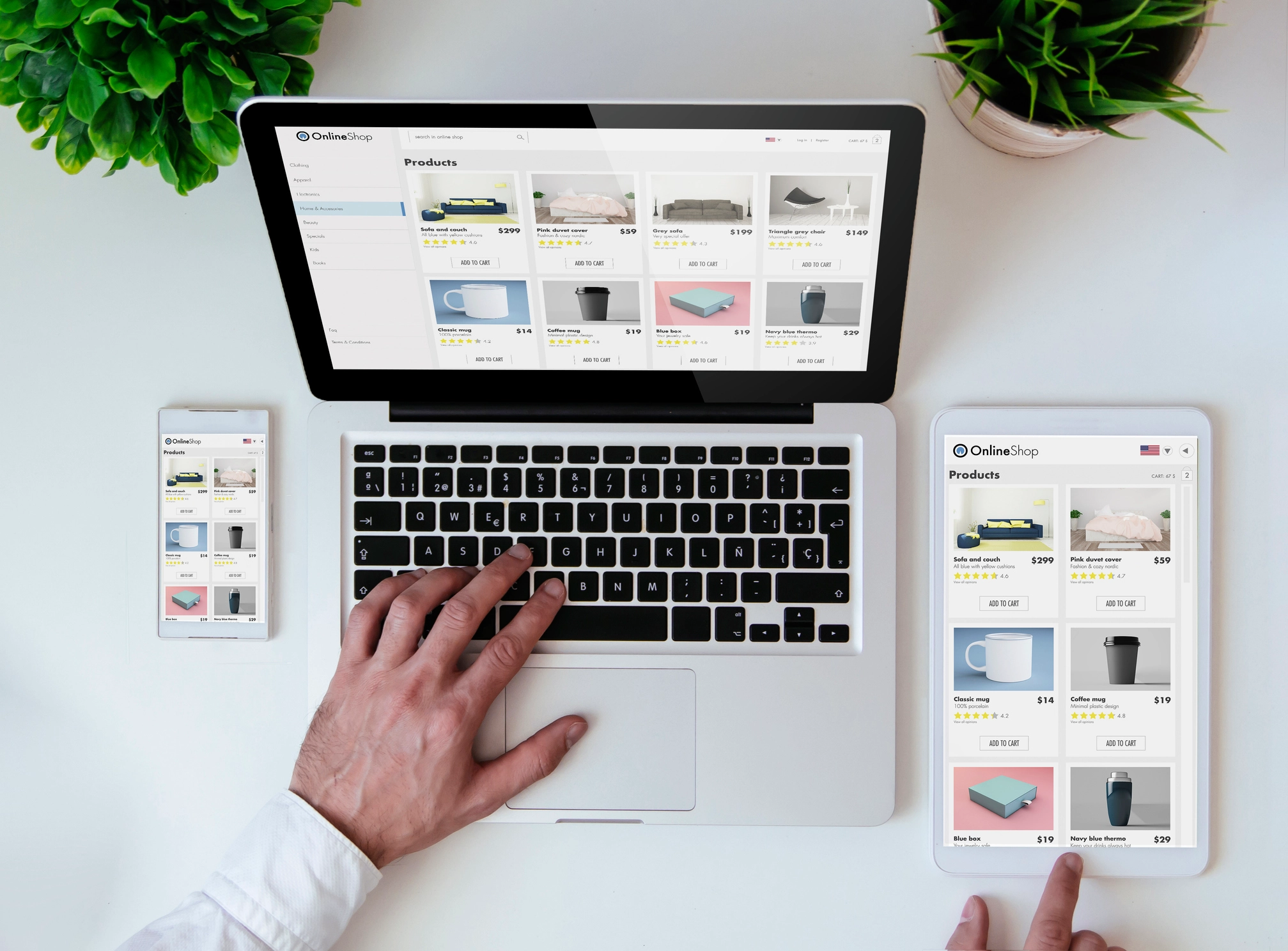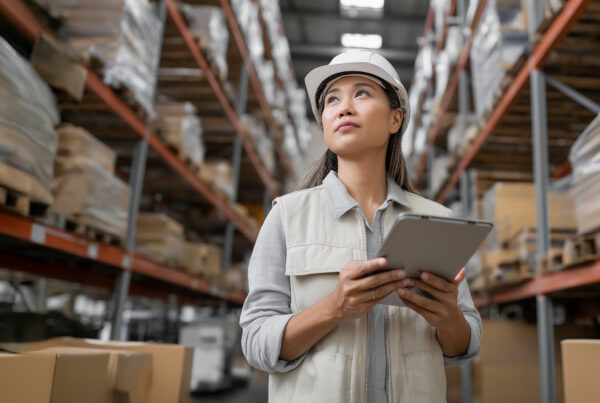The COVID-19 pandemic has been a catalyst for the rise of e-commerce worldwide, accelerating its growth by years. According to eMarketer, retail e-commerce sales growth has increased by a significant 19.8% in the Middle East and Africa, and by 16.5% worldwide.
As competition increases, the requirement to be up to speed on the latest e-commerce trends has become a must. The most critical tools and tactics in customer experience and e-commerce growth are always changing. So, what are they in 2021?
1. Personalization
To meet ever-increasing customer expectations we have to start with personalization. Customers expect a better personalized shopping experience, with product recommendations based on previous searches and purchases as well as relevant content on their feed.
This can be done by paying attention to the purchase history, ongoing customer behaviour, as well as active information collection, which customers have proved willing to share once trust is established with your brand. All of this improves the customer experience and drives them to buy more from you.
2. Voice
Brands are now more than ever on the looking out for innovative ways to engage and improve their services without increasing overhead. With AI becoming more sophisticated every year, voice commerce is a great way for brands to connect with customers for sales and customer service, without having to recruit employees.
Big brands are heavily investing in chatbots, NLP, and voice interfaces. With an increasing number of customers relying on smart devices and smart speakers for price comparison, product research and even shopping list creation, focusing on voice is very important.
3. Social Commerce
Did you know that [INSERT DATA] of product search happens on social media? Not only do a lot of customers rely on social media for discovery, with social commerce customers can order the products they want on directly the platform. Imagine how much more you could sell directly from social media, without your customers having to be leave the platform and be redirected to a website. The shopping experience becomes more convenient as customers can place an order instantly.
4. Niche Marketplaces
Marketplaces are a great place for brands to generate revenue – both locally and internationally. According to a Forrester study, 2021 will be the year of niche marketplaces, especially in the B2B space.
By focusing on specific segment of the market, brands will be able to go up against the bigger players with generic or overwhelming product portfolios. Find areas in the market where you can position yourself and that have not been excessively tapped into.
5. Omnichannel
Omnichannel e-commerce unifies the e-commerce customer experience on all digital platforms since customers may begin their search on one platform or channel before moving on to another to take the action of purchasing.
By doing so, the entire customer experience is taken into consideration as opposed to the individual experience on each channel – enabling a seamless integration of all touchpoints with customers. Studies also show that omnichannel customers spend more money than single channel customers.
6. Flexible Payment Options
Flexible payment options are one of the key drivers in increasing conversions in e-commerce. That’s why it’s no surprise that they have become an important feature of online shopping worldwide. Customers have different preferences, especially when it comes to the payment options and schedules. By offering different options you make the experience more seamless and attract more customers in the long run.
From cryptocurrencies and digital wallets such as PayPal, Apple Pay, and Google Pay to payment plans, we can except more payment options in 2021.
7. AR
While Augmented Reality (AR) is not a new technology, it is seeing an uptick in usage in e-commerce. As customers, especially younger ones, engage in online shopping, AR has been employed to enhance the experience.
Through AR, clients can simulate a way for customers to “see” and “try” a product by virtually interacting with it. Examples include trying on sunglasses or test-driving a car. This not only makes the shopping experience more entertaining, but also enables customers to get to know the product better and make a decision more quickly.
8. Last Mile Delivery Technology
Having a solid last-mile delivery infrastructure and offering premium service to meet customer expectations is just as important as the product itself. Customer loyalty increases when the delivery service matches the products, and when delivery itself is flexible – same day and next day delivery.
To respond to the high demand of products, brands are leaving manual delivery behind and opting for a digitized delivery management approach through a last-mile delivery partner, and this is increasing in 2021 as the brands do not have the capacity or skill to handle the overwhelming and highly complex last-mile phase.



